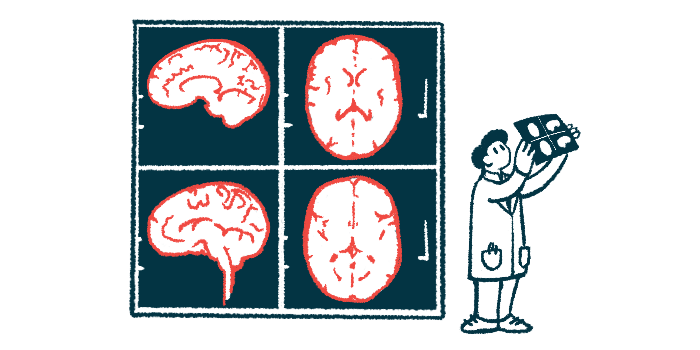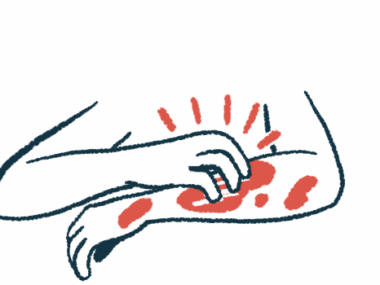Surgery eases symptoms of rare skull condition in boy with Alagille
Late-onset craniosynostosis led to elevated pressure in skull and symptoms
Written by |

Craniosynostosis — a condition usually identified in infancy where the bones in a baby’s skull join together prematurely — led to elevated pressure in the skull and symptoms requiring surgery in a 6-year-old boy with Alagille syndrome, according to a recent report.
The boy had experienced several symptoms caused by this elevated intracranial pressure, which were eased after surgery.
“It is important to consider the possibility of craniosynostosis and manage increased ICP [intracranial pressure] early in Alagille syndrome, even at school-going age,” researchers wrote.
The report, “Alagille syndrome presenting with increased intracranial pressure caused by late-onset craniosynostosis,” was published in Brain and Development Case Reports.
Alagille syndrome is a genetic disease caused by mutations in one of the two copies of the JAG1 or NOTCH2 genes, which play important roles in embryonic development. These mutations can lead to a wide range of developmental abnormalities.
Among its most common symptoms is intrahepatic bile duct paucity, where there are fewer-than-normal bile ducts, or the tubes that carry the digestive fluid bile, inside the liver. Other common features include characteristic facial features and problems with the heart, kidneys, blood vessels, bones, and/or eyes.
Craniosynostosis occurs in about 1% of Alagille patients
Craniosynostosis is a rare symptom of Alagille, occurring in about 1% of cases. It occurs when an infant’s skull bones close up prematurely in some places before the brain is done growing.
Normally, the skull bones of infants are held together by fibrous bands of connective tissue called sutures, allowing the flexibility for brain growth and skull expansion. In toddlerhood, sutures become more rigid and the skull bones fuse together.
When those bones fuse prematurely, the skull can take on an abnormal shape. Craniosynostosis can lead to elevated intracranial pressure, causing symptoms such as vision problems, headaches, and nausea.
The case report described a boy in Japan who had been clinically diagnosed with Alagille in infancy due to characteristic symptoms such as bile duct paucity, distinct facial features, and narrowed blood vessels in the lungs.
He was referred to the researchers’ department at age 6 because he was experiencing severe headaches and vomiting.
A series of imaging tests revealed signs of craniosynostosis, an elongated skull, and digital impressions, or grooves on the skull bones made when the brain presses against them.
The exams also detected tonsillar herniation, a life-threatening condition where the cerebellar tonsils (brain structures found at the back of the head) are lower than normal, descending below the opening at the base of the skull.
The boy was also experiencing papilledema, or swelling of the nerve that sends signals from the eye to the brain, which was associated with weakened eyesight. He had normal intellectual abilities.
Boy’s symptoms attributed to increased intracranial pressure
Ultimately, the doctors attributed all of these symptoms to increased intracranial pressure. They performed surgery to open the skull and relieve this pressure, which eased the boy’s symptoms.
“The surgery successfully reduced the ICP, leading to immediate improvement of his symptoms such as headache, vomiting, and papilledema,” the researchers wrote, adding the boy’s vision issues and tonsillar herniation gradually lessened as well.
Given the potentially serious consequences, “symptoms associated with increased ICP should be carefully evaluated and the need for surgical intervention determined as early as possible,” the researchers wrote.
While the boy had been clinically diagnosed with Alagille, his sister had been genetically diagnosed with the condition after a disease-causing mutation was identified in one of her JAG1 gene copies. The boy and his mother were later found to carry the same mutation.
The scientists indicated that a handful of other cases of Alagille linked to craniosynostosis have been reported, associated with both JAG1 and NOTCH2 mutations. These mutations may interfere with processes involved in normal skull development.
“The likelihood of the presence of craniosynostosis and prompt management of increased ICP should be considered early in patients with Alagille syndrome, even at school-going age,” the team concluded.








